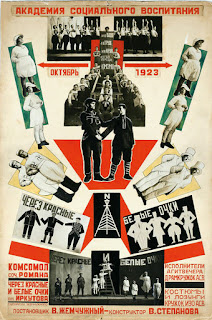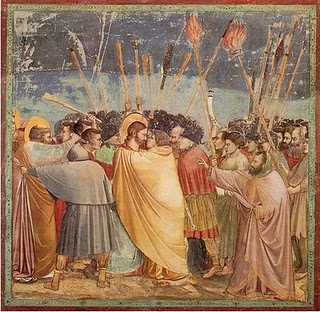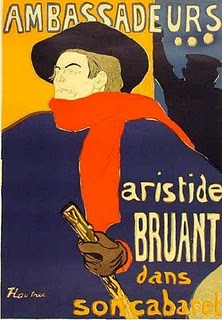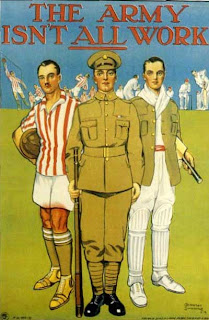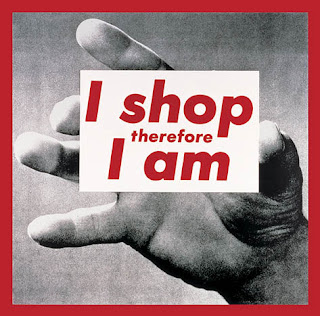Graphic design essentially originates from the beginning of human time, with the first examples coming from cave paintings- communicating stories; images; ideas etc.
Later in time, in the 1300's when fine art and classical art were all that people knew, the misconception came that these paintings were an expression of the artists love for god and religion, however, this was not the case. Most of this work was commissioned and therefore holds an ulterior motive. The image below signifies 'the betrayal' of Jesus Christ. He, in this painting has blonde hair and blue eyes- even though he is from Palestine and would most likely not have looked this way, the person who commissioned the piece clearly gave direction in this area- much like a client would to a graphic designer.
Later, in the 1800's consumerism was growing because of the industrial revolution. It meant that there was a lot more choice for products, this meant competition. This meant advertising.
Fine art came hand-in-hand with advertising at this time. I think the difference between these two pieces is that the text adds meaning, creating communication between the poster and the viewer. The first image would be known as art, the second piece would be seen as design because it is trying to communicate and persuade the viewer to buy 'Pears soap'. However, at this time it was difficult to identify what was graphic design and what was fine art because the disciplines seemed to merge together.
After time, a distinction between the two became more apparent. This was mainly due to the modernist movement, bringing a new way of life that encouraged new design that went against the anti-ornament of fine art.
This specific design was influenced by a modernist painting. Graphic design still hadn't totally moved away from fine art inspiration, however, the meaning of art had progressed which means graphic designs including art had also progressed. Which, in turn means that communication had progressed, become more available to the masses because they could understand it.
Along with the First World War there was propaganda. This brought a more sinister form of communication, designers and clients began to adopt a manipulative approach to graphic design. Take for example the poster below, advertising the army in a positive light, steering clear of the fact that there is a high possibility of death. However, it is clear that layout and the use of colour within design have progressed for the better at this time. Perhaps the need to persuade people forced designers to look more closely into the viewers perception of all these aspects, especially because this propaganda was produced to make people feel guilty, there was a need to really understand the phsyche of the people they were trying to manipulate.
Art started becoming more abstract, so once again, this transferred into other aspects of society, more specifically graphic design. The geometric style of Kandinsky can be seen in the graphic design of this time.
Specifically in Britain, the fine art style disappeared from graphic design, with a totally structured approach. An example of this would be the first design of the London Underground. The idea was that it had to be structured because it was designed r the masses- simplicity and function were key. Over the years as our intelligence and design intelligence has progressed design had developed. See below.
The Bauhaus set the precedent for design. Specifically in Europe, design was pushed to the limit and recognised as a discipline of its own. European design, against British graphic design evolved so much quicker.
A good example of successful design for a wide audience is the Volkswagen advert below. The use of negative space draws the viewer in to the photograph, so they see the product being advertised, then the text underneath explains what the advert is about.
Graphic design can raise awareness; persuade consumers; entertain; enlighten.
A more recent example of graphic design, more specifically innovative package design would be this Aphex Twin album cover. It communicates an image of -as stated below- without actually showing an image of what is being explained. To me this is a really interesting, original way to promote a product- it gets your attention, whilst being clever, this resonates with the viewer, creating an impact.
Selfridges 'I shop therefore I am' is one to think about. It can be read in many ways.
I like to think it is mocking the shoppers without them realising, tapping into their unconscious rule, their addiction to being a consumer- everything they own defines them, and everything they buy will represent who they are.



